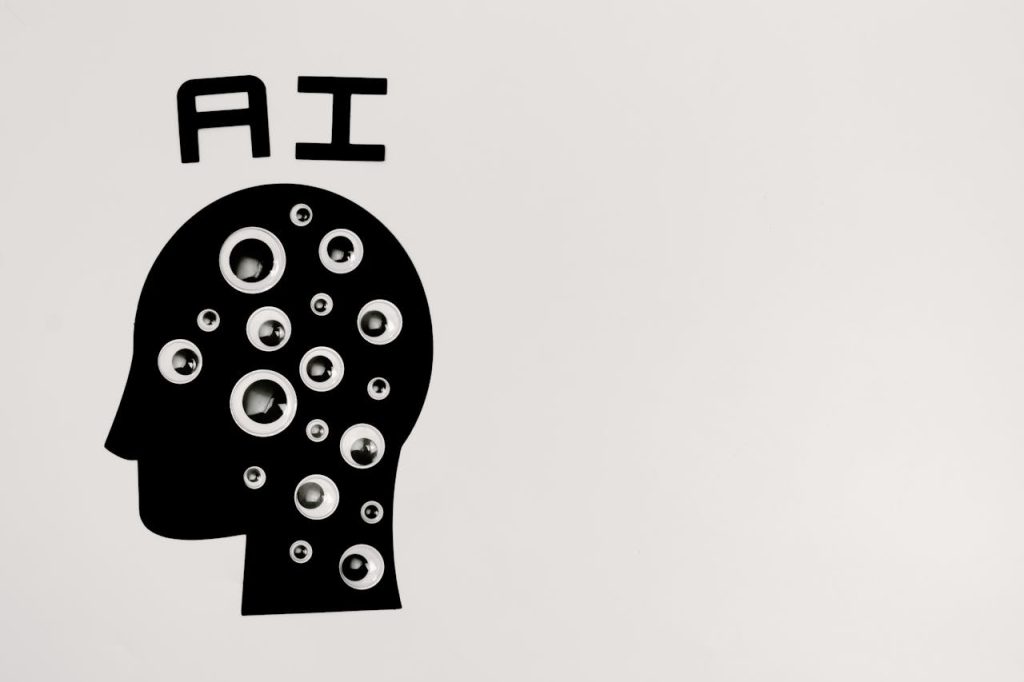
Generative Adversarial Networks (GANs):
GANs consist of two neural networks: a generator and a discriminator, working together in a competitive manner. The generator generates new data instances, and the discriminator evaluates their authenticity. As time passes, the generator gets better at producing real data by learning how to pass the discriminator.
Variational Autoencoders (VAEs): VAEs are a type of auto-encoders that encode the data in a latent space and then decode it again to come up with new data. These are very useful, for instance, in image generation or data augmentation applications where it is axis-aligned.
Applications of Generative AI
Art and Design:
It finds huge success in the art world with generative AI painting, music, and digital artwork. Artists can make use of AI as a tool to explore new creative directions and generate new pieces that blend human creativity and machine intelligence.
Content Creation:
Generative AI is used for writing articles, generating marketing copy, and even for the design of entire worlds—that some may callers—for video games. It’s an enabler, simplifying the process of creating content and allowing production at scale with high quality and personalization.
Healthcare: The many and varied applications of generative AI in healthcare range from the generation of synthetic medical data for research to minute details of medical images that aid in drug discovery. Therefore, these shall speed up research and development without ever compromising on anything related to privacy regarding patients.
Fashion and Design: It generates clothes and accessories, predicts fashion trends, and creates virtual try-ons for clothes in the field of fashion. Designers are leveraging AI to innovate and produce designs that can be totally unique to suit individual tastes and preferences.
